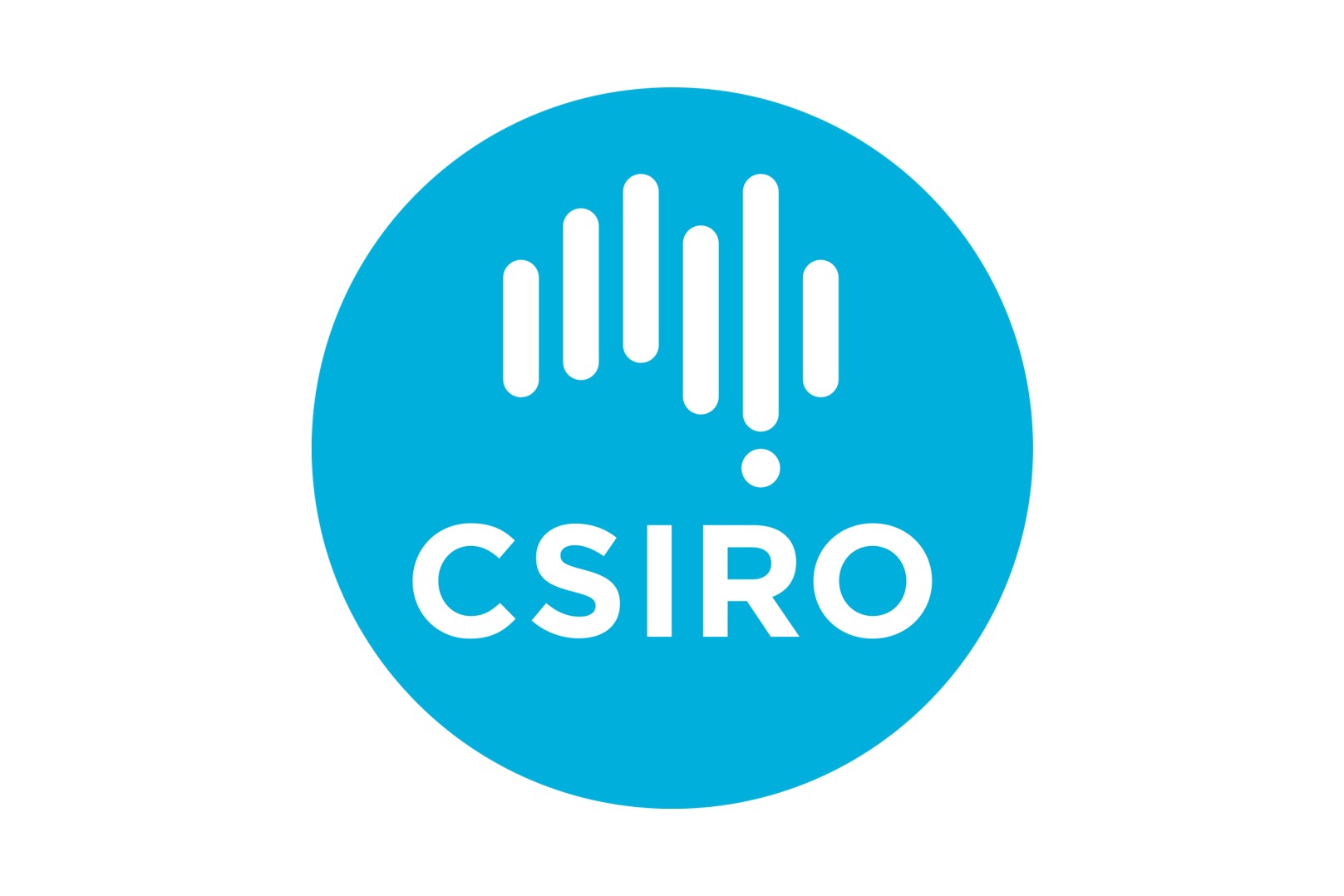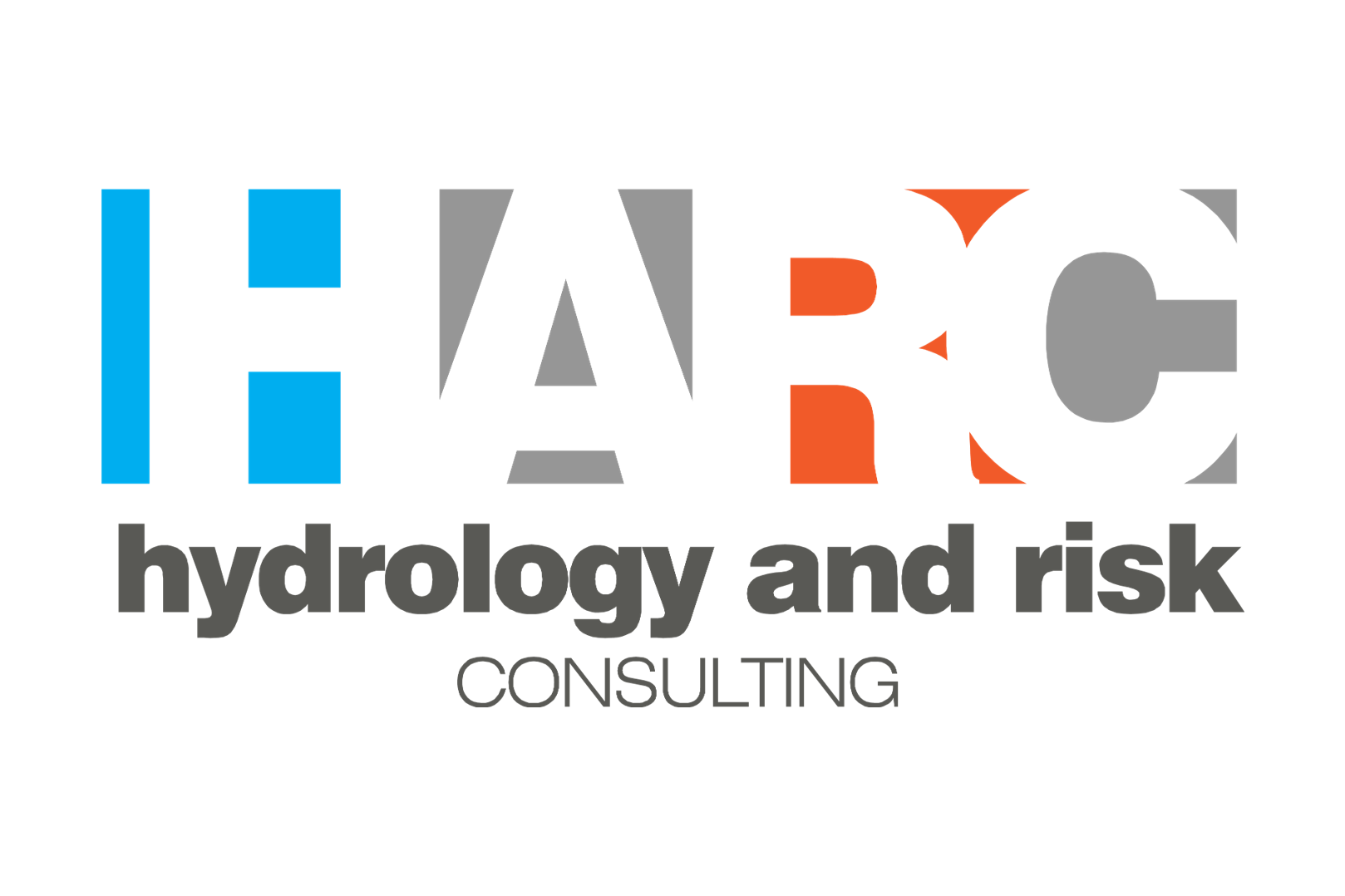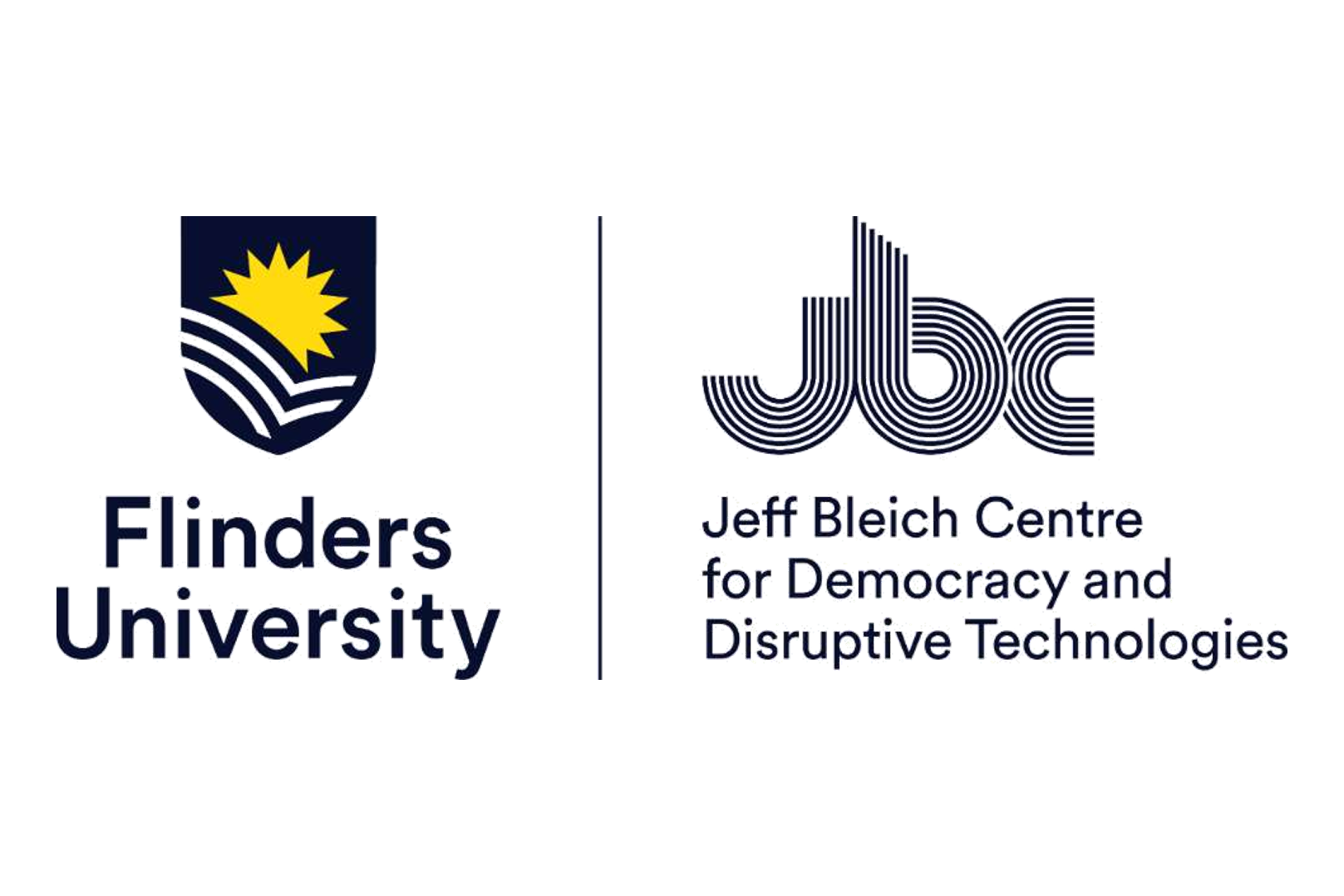AI-driven problem-solving is reshaping business, augmenting routine tasks and optimising operations. While unleashing the upside of AI, leaders can’t lose sight of its shortcomings, nor get strategically distracted. Indeed, AI only elevates the need for critical thinking by leaders.
Artificial intelligence (AI) has quietly been transforming businesses for years. You’ve likely encountered it in chatbots, spam filters, and personalised recommendations from platforms like Netflix and Amazon. However, it wasn’t until the release of ChatGPT in November 2022 that the full power of AI became apparent to the general public and executives alike.
Today, AI-driven problem-solving is at the forefront of business innovation. For example, Treasury Wine Estates, a global wine company, uses AI-driven analytics to monitor the health of its vineyards, track consumer trends, and forecast market demand. This approach not only enhances crop yields but also personalises sales and optimises inventory across its supply chain [1].

Similarly, General Electric leverages AI to predict when its aircraft engines require maintenance, while power companies use AI to prevent failures in power networks [2]. In healthcare, AI is revolutionising medical imaging analysis, enabling earlier and more accurate diagnoses that save lives.
In Australia, the potential of AI is immense. CSIRO estimates that AI could add $315 billion to the economy by 2030 if businesses develop the skills and strategies to harness AI-driven problem-solving effectively [3].
Australia has a good reputation for being a quick adopter of technology. But with AI, businesses… still see it as an adjunct to their business. (Prof John Mangan, [3b])
The strengths and shortcomings of AI
AI technologies excel in identifying trends and patterns. When combined with big data and immense computing power, AI can analyse complex datasets and make predictions with a speed and accuracy beyond human capability. This makes AI a “general-purpose technology” applicable across various fields—from predicting the next word in a sentence to recommending the next movie you might enjoy.
However, AI-driven problem-solving isn’t without its limitations:
- Bias: AI models are only as good as the data they’re trained on, which means they can perpetuate existing biases.
- Context: AI struggles with understanding context and making predictions in novel situations.
- Nuance: AI lacks the ability to grasp the deeper meaning behind data, patterns, and trends.
- Transparency: AI models can be difficult to interrogate, making it hard to understand the reasoning behind their predictions.
Despite these challenges, AI’s power, perceived reliability, and convenience make it a highly attractive tool. Billions of dollars continue to pour into developing more advanced models including “causal AI” and “explainable AI,” which aim to be more transparent and auditable [4].
Navigating the risks and rears of AI
The rapid advancement of AI has also sparked fear and scepticism. A significant portion of Australians—40%—are wary of AI, believing its risks outweigh its benefits [5]. These concerns are not unfounded. Governments worldwide, including the USA, EU, and China, have acknowledged the potentially catastrophic risks AI poses to humanity [6].
One reason for this concern is the very nature of AI development — it aims to produce machines that outsmart humans by design [6b]. And the immense power of AI has ignited a race among corporations and nations to deploy AI for economic and military advantage [7].
AI is also accelerating threats such as cybercrime, grey-zone warfare, and the spread of misinformation [8]. Fortunately, governments are beginning to implement checks and balances to protect citizens while still reaping the benefits of AI.
Emerging checks and balances
For instance, the European Union introduced its AI Act, which bans deceptive practices like unidentified deepfakes and intrusive uses such as inferring sexual orientation or political opinions [9].
These regulations, however, vary by country, which increase the cost of AI development, giving a competitive edge to larger companies and governments.
AI and complicated problem-solving
“Complicated problems” typically arise in man-made systems and machines. These include developing advanced technologies, optimising hospital patient flow, or maximising returns on investment. Traditionally, solving these problems involves experts conducting detailed analyses to determine the best course of action [10].
AI-driven problem-solving is particularly well-suited to these challenges. AI models, such as digital twins, can simulate and optimise the operations of complex systems like water, power, transport, and communications networks. These models can also uncover novel solutions that human engineers might overlook (such as the surprising “Step 37” solution in the game of AlphaGo) [11].
However, the effectiveness of AI in solving complicated problems depends heavily on the quality of the training data. Continuous monitoring, validation, and the application of guardrails are essential to ensure AI outputs are reliable and ethically sound.
Given the complexity of AI models, maybe we’ll need AI to check AI?
AI and complex problem-solving
Many of the challenges faced by senior leaders in business and government are “complex problems” [10]. These are dynamic situations with no clear or correct solution, such as enhancing business productivity amid workforce changes or navigating a transforming economy.
While some postulate that AI could solve humanity’s deepest problems [12], this view is overly simplistic. AI may offer technical solutions, but it cannot replace the human elements—suspicion, intuition, creativity, and ethical judgment—essential for addressing complex issues. Moreover, AI itself will likely create new challenges that require human ingenuity to solve.
Therefore, while AI can aid in exploring aspects of complex problems, the skills to synthesise information and lead complex problem-solving efforts remain critically important.
A broader suited of challenges
While debate rages about when and whether “artificial general intelligence” (AGI) will be achieved, it’s plausible that AI will soon outsmart many people in routine jobs.
The sheer volume of information available to AI models, and their raw computing power, means that AI algorithms can outnumber and overpower the mental algorithms of the average person.
It’s also plausible that AI “agents” will start working together to solve highly complicated problems, communicating and solving in ways that we simply don’t understand [13].
Realistically, many jobs (or job tasks) will be affected. The International Monetary Fund expects that 40% of jobs globally will be impacted, including high skilled jobs [14]. Indeed, the marginal cost of some tasks will approach zero.
Importantly, as AI becomes more widespread, organisations must build and maintain the ability to assess the accuracy and value of AI predictions and to determine who has the expertise to make these judgments. Key jobs will involve greater sophistication of thought and judgment.
The conundrum for business leaders
AI, as a general-purpose technology akin to electricity and the internet, presents opportunities and challenges for all organisations, particularly governments and larger corporations. Yet, at its core, AI is a tool for achieving business objectives.
The immediate challenge for executives is to prioritise high-value applications of AI-driven problem-solving that can be ethically and effectively enabled with high-quality data. Which problems, if solved, deliver the greatest total upside in relation to organisational measures of success?
Another critical consideration is workforce strategy. As AI transforms job roles, businesses must focus on developing new skills and capabilities while retaining the experience and wisdom needed to make sound decisions with AI.
Middle managers and specialists, who are on the front lines of AI adoption, will need support in integrating AI into their work processes. This work needs to be balanced against the myriads of other challenges managers face, including the cost and difficulty of upgrading legacy IT systems.
Strategically, business leaders must address the broader implications of AI-driven problem-solving on their business models. This conversation extends beyond competition within a market sector—it touches on the societal impact of AI and the role each organisation plays in shaping the future.
Indeed, as leaders we might usefully ask, “If we don’t have AI, does it prevent us from resolving the problems that matter most? Are we guilty of being captured by the shiny new (AI) thing?”
Conclusion
AI is a powerful tool for solving complicated problems, especially operational challenges involving data analysis and prediction. But its limitations require a considered approach that integrates human judgment grounded in experience.
Executives should focus on:
- Addressing the problems that matter most, irrespective of the potential to use AI or not.
- Deepening critical thinking and the transfer of experiential knowledge
- Building human-AI collaboration to address complicated problems efficiently
- Continuously reviewing AI applications to ensure their reliability, legality, and alignment with values
References
[1] Christopher Niesche (2024) How these top companies are using AI every day, Australian Financial Review, 21 March 2024.
[2] Sarah K. White (2023) 12 most popular AI use cases in the enterprise today, CIO.com, 19 Sept 2023.
[3] Hajkowicz SA, Karimi S, Wark T, Chen C, Evans M, Rens N, Dawson D, Charlton A, Brennan T, Moffatt C, Srikumar S, Tong KJ (2019) Artificial intelligence: Solving problems, growing the economy and improving our quality of life. CSIRO Data61, Australia.
[3b] John Davidson (2004) We’re at risk of missing the AI boom, Australian Financial Review, 16 April 2024.
[4] S.Akash (2024) Top 10 Breakthroughs in Explainable AI in 2024, Industry Wired, 5 January 2024.
[5] Tom Burton (2024) Australians unconvinced about AI safety, Australian Financial Review, 3 March 2024.
[6] Hans van Leeuwen (2023) Elon Musk, world leaders wrangle over AI rules, Australian Financial Review, 1 November 2023.
[6b] Edoardo Campanella (2024) Which AI Risks Matter?, Project Syndicate, 23 February 2024.
[7] Eduoard Harris, Jeremie Harris, Mark Beall (2024) Defense in Depth: An action plan to increase the safety and security of advanced AI, Gladstone AI.
[8] Andrew Tillett (2024) ‘Tip of iceberg’: new cyber tsar issues warning, Australian Financial Review, 18 March 2024.
[9] Melissa Heikkilä (2024) The AI Act is done. Here’s what will (and won’t) change, MIT TechReview, 19 March 2024.
[10] Nick Fleming (2021) Smashing the State of Dumb-stuck, Moshpit Publishing, Melbourne.
[11] V500 Systems (2023) Unveiling the Mystery of Move 37: How a Controversial Move by AlphaGo Changed the Game Forever! 18 April 2023.
[12] What will humans do if technology solves everything? The Economist, 9 April 2024.
[13] The Future Of AI, According To Former Google CEO Eric Schmidt, NOEMA on YouTube, 21 May 2024.
[14] Tess Bennett (2024) Workers most at risk of losing jobs are executives ‘who fail to adapt’, Australian Financial Review, 29 May 2024.




























